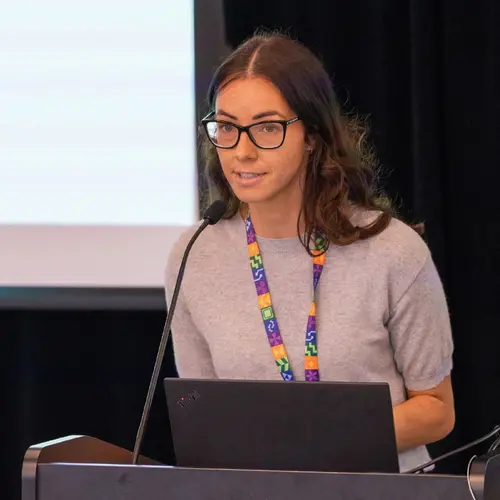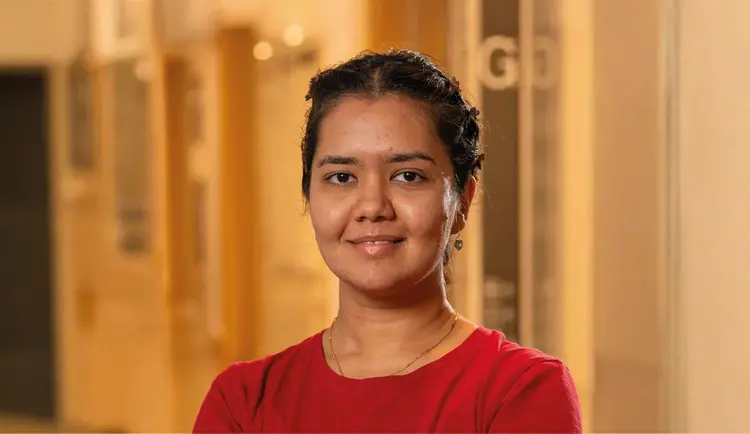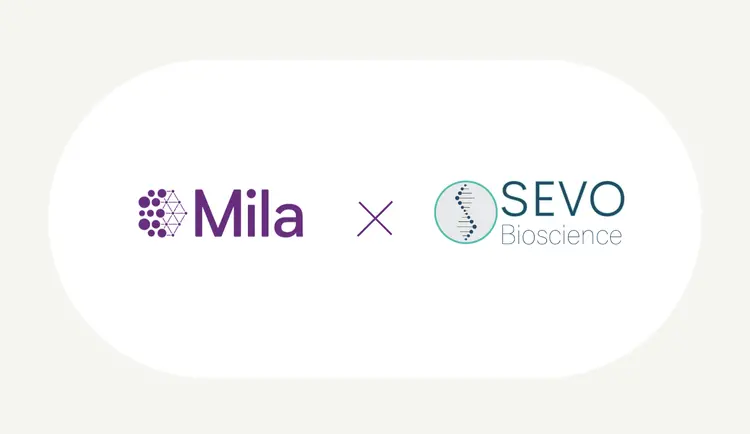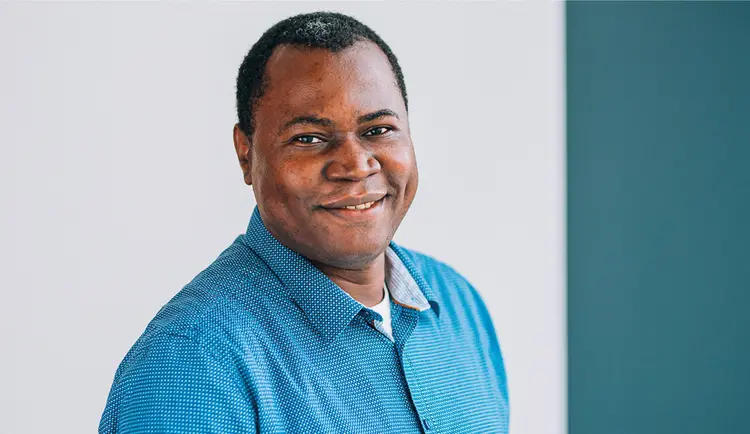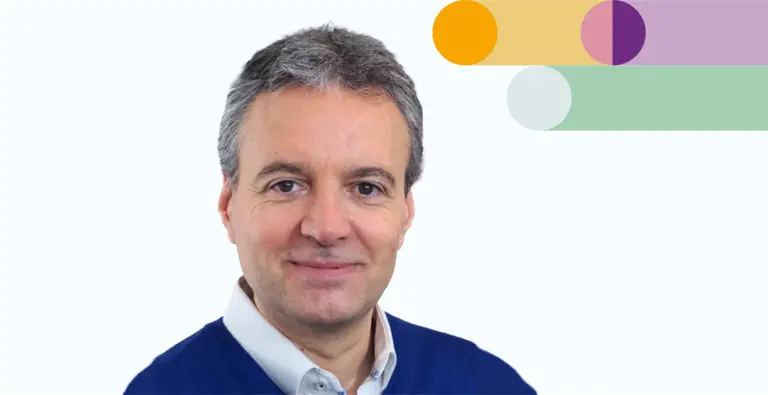
Where are Mila's alumni today? What impact has their time at our research institute had on their careers? As part of this series, meet Christopher Kermorvant, former postdoctoral researcher at Mila and now founder and scientific director at Teklia.
Tell us about your academic and professional background.
My background was initially as a computer engineer in France. I switched to research after an exchange with the University of Manchester in the UK, where I did a Master of Science. I did my dissertation using neural networks to try to model the phenomenon of musical perception, in collaboration with a psychology laboratory.
After that, I wanted to work in research, so I was more inclined to write a thesis. I started working at a research institute in Switzerland called Idiap. I worked for almost two years in speech recognition, and then I had an opportunity to do my thesis at the University of Lyon, Saint-Étienne in France — it was also to get closer to my wife, who lived in Lyon! So I did a thesis in machine learning (it was machine learning at the time, there was no deep learning).
I wanted to do a postdoctorate abroad, and I set up a funding scheme with the DGA, which finances research stays. I contacted Yoshua to come and work with him, and with my funding, I had a pretty good advantage!
Tell us about your time at Mila.
The lab was a lot smaller back then in 2003. There were fifteen of us, and we were all in one room! The conditions were undoubtedly very different from now. It was great to work with Yoshua directly; he’d come and see us, we’d work with him, he’d sit next to us. Even though the lab was small, it was quite recognized.
What I found interesting at Mila at the time was really the fact that the different levels of the hierarchy all worked together. Everyone came to work, and there was great collaboration. It was an ‘open space’, which isn’t very common in research.
There was a lot of collaboration with companies. It was also much more international with the proximity of the United States, and the laboratory attracted a lot of people, even if there were a lot of French people!
Can you elaborate on your role in corporate research?
What interested me from the start was being at the frontier of several disciplines — like AI applied to music, or AI applied to speech, or biology.
I’m now interested in AI applied to historical documents. The aim is to develop systems that are able to understand historical documents that have not been digitized, that were in paper form, parchment, papyrus, stones… on which there is often textual content (but it can also be images) where we develop models that make the content accessible. It’s not just about transcribing what’s on the document, it’s also about understanding the structure: how the information is organized, what the information is, how to code it, how to link it together within a document, etc. It goes further than just recognizing the handwriting itself.
Is there a certain period of time your work is based in?
Antiquity isn’t really our field of choice, since the amount of material is so small, and there aren’t many experts, so there’s no quantity problem. We start to have a quantity problem in the Middle Ages, which is the beginning of mass production of manuscripts. Eighty thousand pages are no longer accessible to a researcher on their own. They can’t read 80,000 pages — it’s simply not possible. So it’s interesting to use AI because we can give researchers a tool to suddenly access these pages and change their working methods.
It’s a project that’s changing the dimension of historical research, and historians are realizing that the way they worked 10 years ago is being revolutionized, and that they need to take an interest in these tools because they open up completely new avenues of research.
What advice would you give to new Mila students?
I’d tell them to take advantage of both the interdisciplinary nature of the program and all the networking opportunities with companies or abroad. You have to prepare for opportunities; it’s important to build up a sort of address book when you’re a student, to get to know people, and to make yourself known. All the connections you make at the time are useful for the rest of your life.
What do you see as the greatest challenge facing AI today?
We need to master how to raise the quality of AI — be it generative AI, or even AI for handwriting recognition or document analysis. We need to ensure a high degree of confidence that it will maintain the same level of quality, and that it won’t suddenly leave outliers in production. We know that this is a difficulty, and until we succeed, we won’t really be able to deploy AI on a large scale.
The two main challenges are succeeding in specializing AIs and ensuring that they are consistent in their level of quality.
What are you looking forward to with the development of AI?
Once we move on to mass adoption, what forms of interaction will we see? If we think, for example, of the use of cell phones, being able to talk to each other on the move and not having a wire is quite new. So the use of cell phones has exploded, and from there we’ve invented all sorts of new possibilities with this technology. In the case of AI, for the moment, we see it as generative AI, but there will be plenty of other uses that we’ll be able to invent.
It’s going to be interesting to find out what those uses will be when the technology is much more widely used by the general public.
Do you have any recent achievements you’d like to share?
- The HikarIA project
- Reconstructing the history of France from the “bottom-up” (article in French)
Follow our alumni on social media #MilaAlumni


